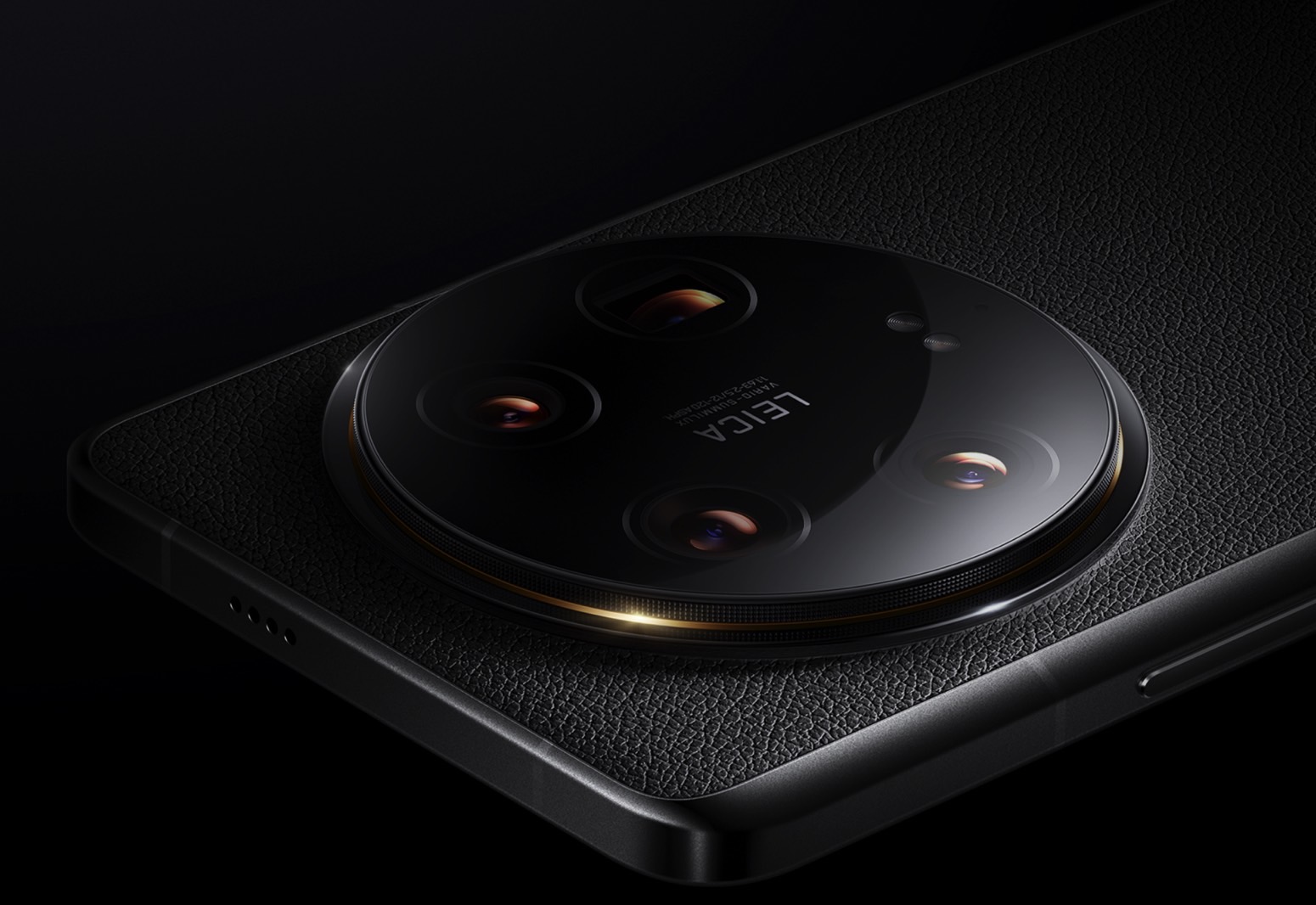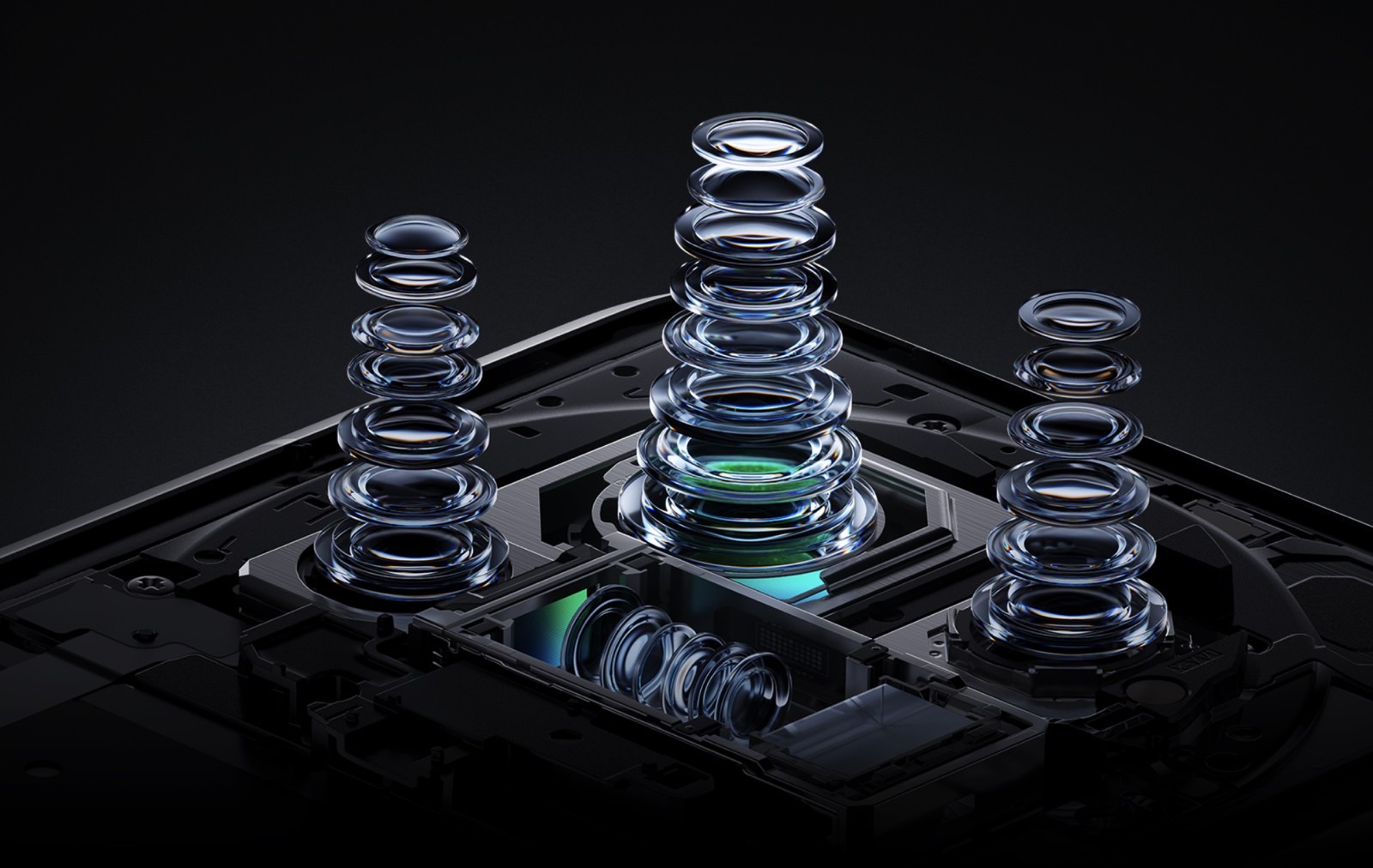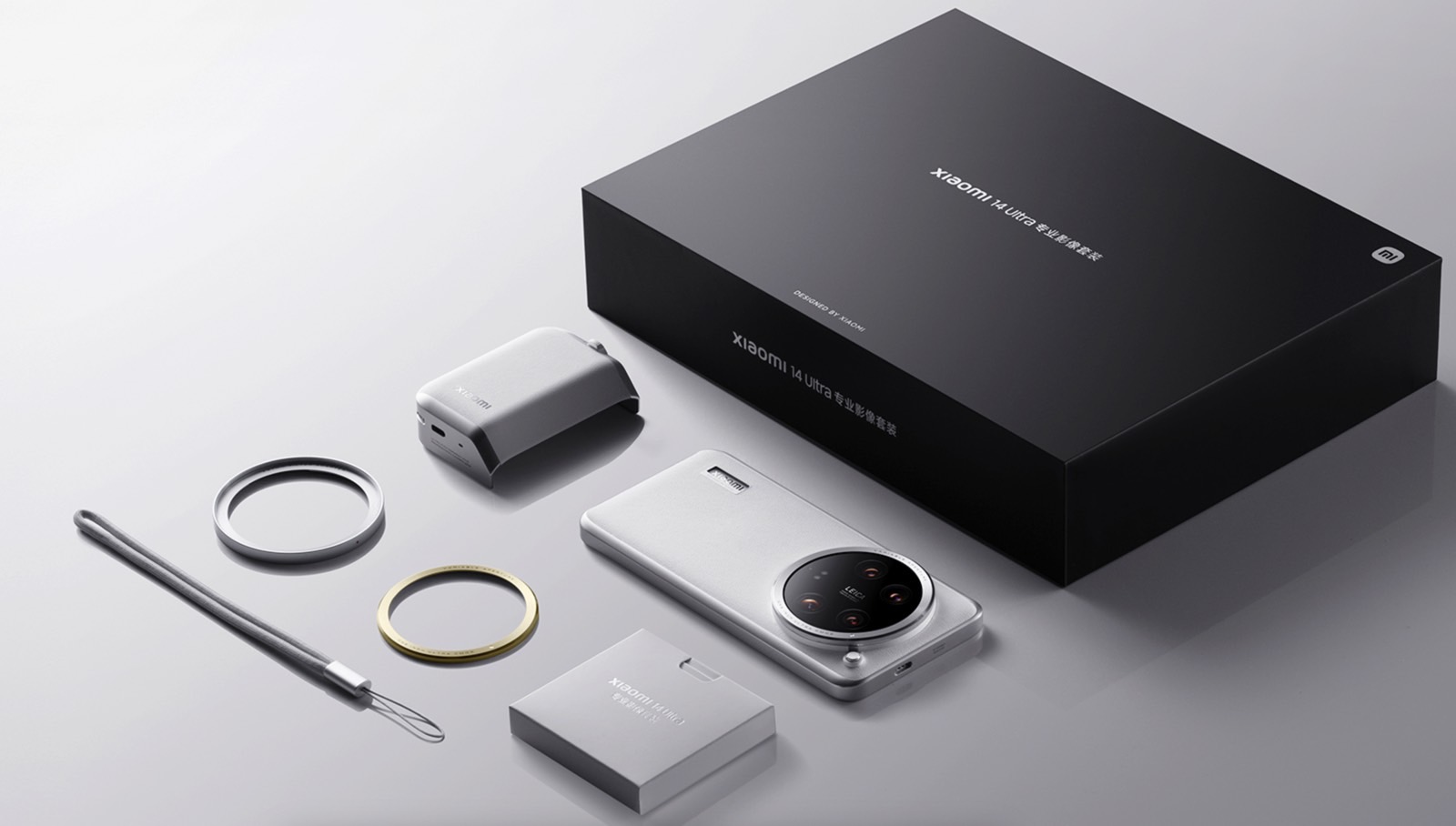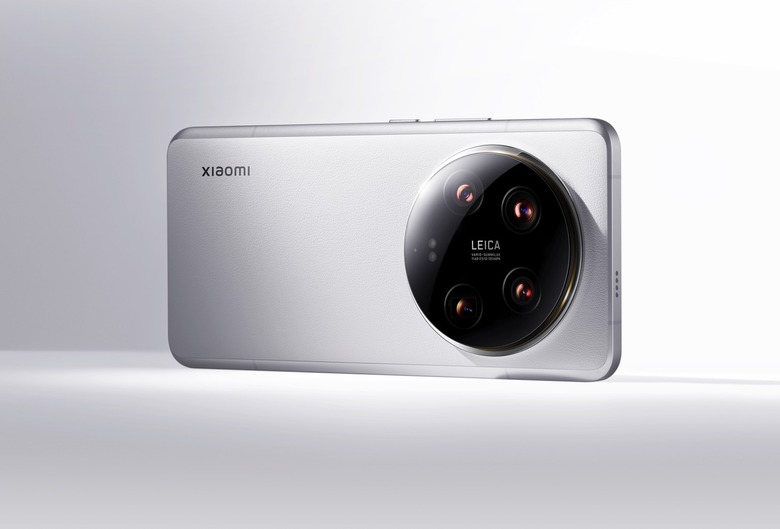Xiaomi 14 Ultra Launches In China Ahead Of MWC Debut
Xiaomi on Thursday took the wraps off of the Xiaomi 14 Ultra, which joins the already launched Xiaomi 14 and Xiaomi 14 Pro. But, as the name implies, the Xiaomi 14 Ultra is the most powerful Android phone the Chinese vendor has ever released. The Ultra will go up against other 2024 flagships, including the Galaxy S24 Ultra that Samsung launched in January.
The bad news about the Xiaomi 14 Ultra is that it's only available in China right now. The good news is that the exclusivity will be short-lived. Xiaomi has an event scheduled for Sunday in Barcelona, where the global Xiaomi 14 Ultra will likely be introduced. After all, Xiaomi CEO Lei Jun said recently the Ultra would appear at MWC 2024 on Sunday.
If that happens, I'll be on location ready to take the Xiaomi 14 Ultra for a spin, alongside everything else coming from this year's MWC.
Meanwhile, the China-bound Xiaomi 14 Ultra pages are up, revealing the specs and prices of the phone. You don't even have to understand the text on the page, though most browsers will translate it for you, to realize the camera is the main feature of the handset. The Xiaomi 14 Ultra features a four-lens rear-facing camera module, which takes up most of the phone's upper back.

Xiaomi revealed pricing information for the handset, as it's already available for preorder. The Xiaomi 14 Ultra starts at 6,499 yuan ($904) for the 12GB/256GB version, with the 16GB/1TB model going for 7,799 yuan ($1,084). A titanium version of the latter will cost even more, 8,799 yuan or $1,223. The European prices will likely be higher than that, considering what a recent Xiaomi 14 Ultra leak said.
The camera system on the back has the Leica branding you expect and rocks four 50-megapixel sensors. This includes the primary 1-inch sensor and a 50-megapixel Sony LYT-900 camera. The other three sensors also come from Sony.

They're all IMX858 sensors featuring different configurations and capabilities. We're looking at a wide-angle lens and two optical zoom lenses. One of the telephoto lenses is a periscope camera.
On the front, the Xiaomi 14 Ultra features a 32-megapixel selfie camera.
The camera features do not end there. Xiaomi developed the so-called Xiaomi AISP, which should be self-explanatory. It's Xiaomi's AI-based computational photography engine.
Finally, the Xiaomi 14 Ultra will come with an optional Leica Pro Kit that will hook up to the handset via USB-C. It acts as a camera grip and provides additional battery juice (1,500 mAh) for the handset on top of extra buttons that will make taking photos easier than ever.
The phone isn't just a camera, naturally. But, on that note, you'll find plenty of camera samples over on Xiaomi's page for the product at this link.

Back to the specs, the Xiaomi 14 Ultra rocks the best possible specs for a 2024 Android flagship, including a 6.73-inch OLED display that can get you a peak brightness of 3,000 nits. The Snapdragon 8 Gen 3 powers the handset, in combination with 12GB to 16GB for RAM and 256GB to 1TB of storage.
If you've got the right chargers, the 5,300 mAh battery supports 90W fast wired charging and 80W wireless charging.
On the software side, we have Android 14 with Xiaomi's HyperOS on top. What's conspicuously absent, aside from the AISP part, is AI. But maybe the global version will be different.
We'll just have to wait a few days to see what the international Xiaomi 14 Ultra has to offer.
